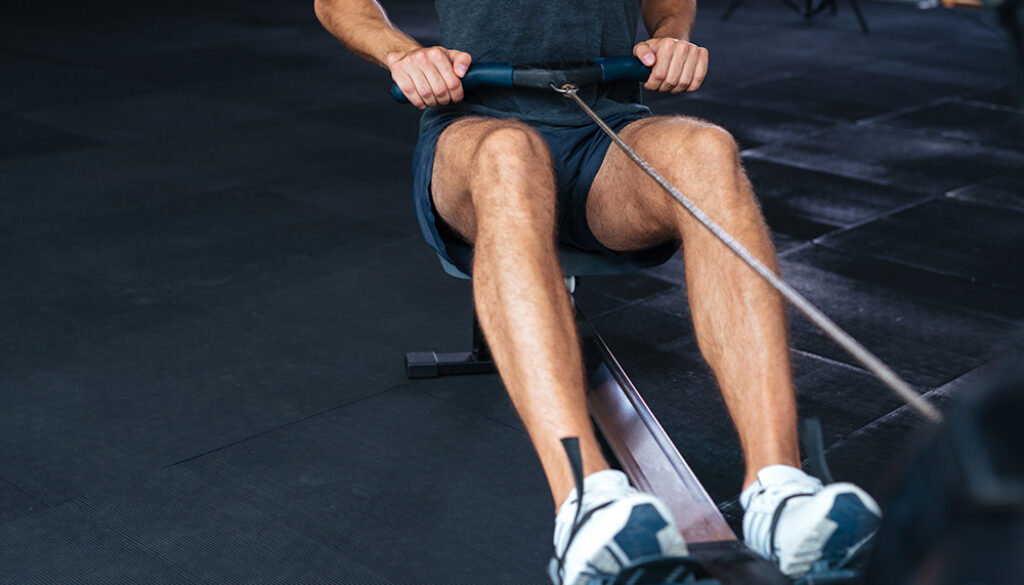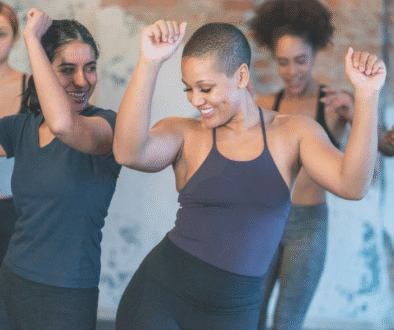The First 10 Minutes
When working out, the most critical part is the warm-up. Your workout simply won’t WORK OUT unless you have prepared your body for the demands it will soon encounter and skipping this important step will lead to both ineffective training and potentially serious injury.
 A pre-workout warm-up serves two major purposes—to enhance performance and prevent injury. Consequently, a warm-up is both physical and mental. A warm-up preps your body, increases your heart rate, pumps oxygenated blood to your muscles, and loosens ligaments and tendons, making your muscles more pliable for better performance. By slowly raising your heart rate, the warm-up helps minimize stress on your heart. Stretching allows for greater range of motion and eases the stress on the joints and tendons. A good warm-up before a workout also raises your muscles’ temperature for optimal flexibility and efficiency. Keeping the muscles warm will prevent acute injuries such as hamstring strains and will ward off overuse injuries by allowing the body to prepare steadily and safely.
A pre-workout warm-up serves two major purposes—to enhance performance and prevent injury. Consequently, a warm-up is both physical and mental. A warm-up preps your body, increases your heart rate, pumps oxygenated blood to your muscles, and loosens ligaments and tendons, making your muscles more pliable for better performance. By slowly raising your heart rate, the warm-up helps minimize stress on your heart. Stretching allows for greater range of motion and eases the stress on the joints and tendons. A good warm-up before a workout also raises your muscles’ temperature for optimal flexibility and efficiency. Keeping the muscles warm will prevent acute injuries such as hamstring strains and will ward off overuse injuries by allowing the body to prepare steadily and safely.
Part of a warm-up process also includes getting your head in the game. Mentally preparing for the upcoming workout is thought to improve technique, skill and coordination. This mental warm-up also prepares athletes for the discomfort of tough intervals or a race. If the mind is ready to endure discomfort, the body can produce higher speeds; otherwise physical performance will be limited. Mind over body, as they say!
Most warm-up sessions will include a combination of cardiovascular exercises, stretching and strength drills. The cardiovascular exercises are designed to increase circulation, increase body temperature and bring the heart rate up, while stretching warms the muscles and prepare them for the movements they will be required to carry out during the activity. Explosive strength exercises, which may include sprint drills or jumps, gently increase the level of intensity and prepare the body for the sudden movements during the workout which will follow. These exercises should only be done once the muscles are warm and this will prevent injuries.
Athletes with high levels of fitness typically need longer warm-up periods before doing high-intensity workouts or short races. Athletes with lower levels of fitness usually use a shorter warm-up time. Set aside at least 10-20 min to warm up. Start with a general warm up that consist of a low intensity physical activity, like walking, jogging, easy swimming, stationary bike, skipping or easy aerobics. Follow with short hold/static stretching of 3 – 5 seconds that includes all the major muscle groups. Gradually increase the intensity as you progress through the warm-up period. Include short segments of gradually increasing intensity in the 30- to 60-second range, with long rest intervals as you get closer to the high-intensity segment of your workout.
In order to perform at your best and minimize the risk of hurting yourself, take time for an adequate warm-up!
References
1. Noakes, Lore of Running, Oxford University Press, 2003, pp. 773-774.
2. McArdle, Katch, Katch, Exercise Physiology, Lippincott Williams & Wilkins, 2001, pp. 574-575.
3. Safran, et al, “Warm-up and muscular injury prevention. An update.”, Sports Med. 1989 Oct;8(4):239-49.
4. Safran, et al, “The role of warmup in muscular injury prevention”, Am J Sports Med, 1988 Mar-Apr;16(2):123-9.
5. Shephard & Astrand, Endurance in Sport, Blackwell Science Ltd, 2000, International Olympic Committee, pp. 474-475.



